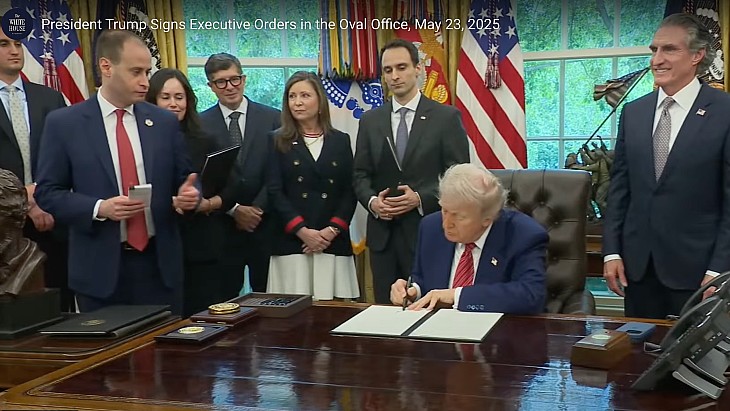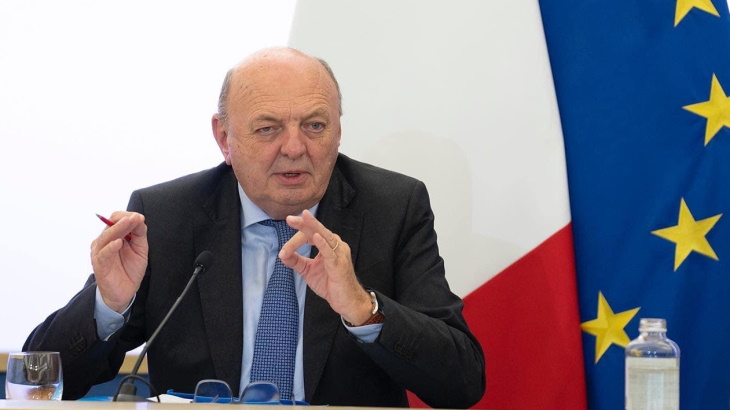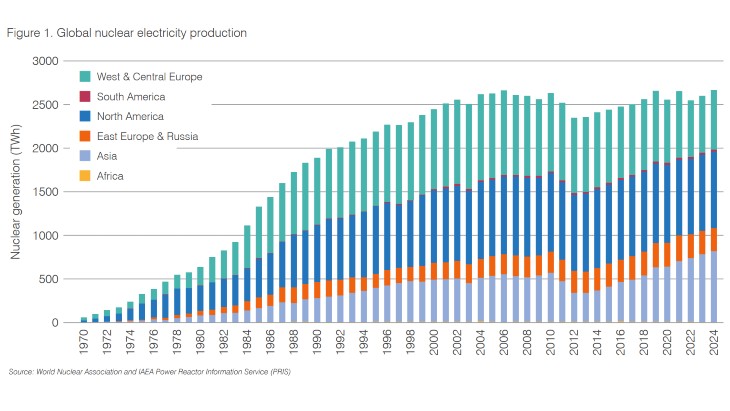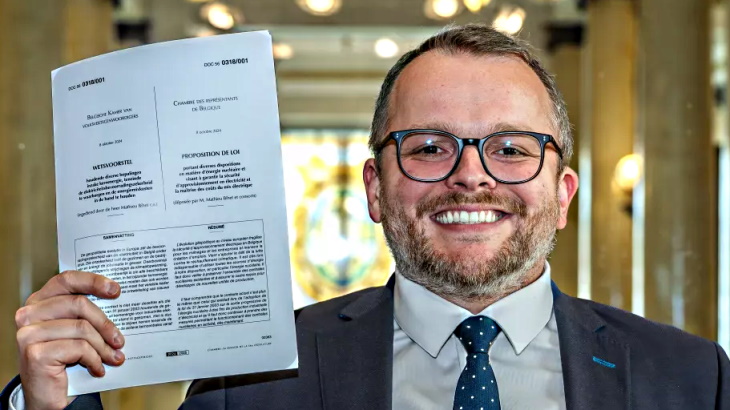The fund is designed to "unlock and accelerate new nuclear technologies while encouraging new players into the market," the government said. "It will provide targeted, competitively-allocated government grants which will help nuclear construction projects, including small modular reactors (SMRs), to attract the private investment they need to help make them a reality.
In this way, the FNEF will accelerate the commercialisation of different technologies and help companies demonstrate readiness for the UK market. Given the scale of investment required to mature a new nuclear project, the government expects to concentrate the funding on a small number of projects to ensure Future Nuclear Enabling Fund objectives are met."
Interested parties have until 27 May to register their interest in bidding for funding and inviting further information on potential future projects. The government is also inviting nuclear stakeholders who are not planning on bidding for the fund to provide information from their experience that will help to mature fund design ahead of opening the bid window in summer 2022. The government expects to receive applications for grants during July and August, with confirmation of grant awards in December.
In early April, the government published its Energy Security Strategy, setting out its ambitions for eight new reactors, plus small modular reactors, helping to produce 24 GWe of nuclear generating capacity by 2050, representing about 25% of the UK's projected electricity demand. Within this overall ambition, the government intends to take one project to a final investment decision (FID) by the end of this Parliament, in 2024, and two projects to FID in the next Parliament, including SMRs, "subject to value for money and relevant approvals". Nuclear's share of energy in the UK is currently about 16%, however almost half of the country's current capacity is due to be retired by 2025 and all but one of its reactors will retire by 2030.
Launching the FNEF at the Wylfa nuclear power plant in Anglesey, Business and Energy Secretary Kwasi Kwarteng said: "Our new GBP120 million fund will push forward our plan to deploy a new fleet of nuclear power stations as part of a British nuclear renaissance. By encouraging new companies to come forward and build in Britain, we can spur greater competition in the market to cut development costs so consumers benefit in the long-term."
The launch of the new fund was welcomed by Nuclear Industry Association Chief Executive Tom Greatrex, who said: "The Future Nuclear Enabling Fund is absolutely vital to get additional projects going that we need to ensure our energy security. We hope that funding will be awarded as swiftly as possible because we are losing time to cut gas imports, cut emissions and cut people's bills."
New government body
The Energy Security Strategy said a new government body, Great British Nuclear (GBN), will be set up to bring forward new nuclear projects at a rate of about one a year this decade, including the Wylfa site. The government has now also announced the appointment of Simon Bowen as the Industry Adviser to the Department for Business, Energy and Industrial Strategy (BEIS) tasked with "leading and helping to drive forward government proposals" for the new body.
Bowen - most recently chief executive for nuclear at Babcock - will report jointly to the BEIS Secretary of State and the Prime Minister and will develop the plan for setting up GBN. Through GBN, the government expects to initiate the selection process in 2023 for further UK projects.
New build projects
The UK currently has one nuclear power station under construction, at Hinkley Point C in Somerset in south west England. Construction began in December 2018 for the plant which is composed of two EPR reactors of 1630 MWe each. The start of electricity generation from unit 1 is expected in June 2026, with unit 2 following in 2027 with a projected lifespan of 60 years. Negotiations between the government and EDF are on-going for a replica project of Hinkley Point C at Sizewell C in Suffolk in eastern England. There is also a project under way to extend the life of Sizewell B by 20 years to 2055.
Rolls-Royce SMR CEO Tom Samson, who joined Kwarteng and Energy Minister Greg Hands on a visit to Wylfa, said: "The launch of the fund is excellent news and we welcome any move by government that reduces development risk and introduces certainty - which can be a barrier to building new nuclear plants at pace."
A Rolls-Royce-led UK SMR consortium aims to build 16 SMRs. The consortium - which includes Assystem, Atkins, BAM Nuttall, Jacobs, Laing O'Rourke, National Nuclear Laboratory, the Nuclear Advanced Manufacturing Research Centre and TWI - aims to build up to 10 by 2035. The Rolls-Royce SMR design was accepted for Generic Design Assessment review in March.
"North Wales, alongside West Cumbria, has some of the best sites to locate the first Rolls-Royce SMR power plants," Samson said. "The existing grid connection, infrastructure and access to a highly skilled workforce are some of the main reasons Rolls-Royce SMR sees these locations as the fastest route to deploy our power stations and begin to provide the UK with clean, affordable and sustainable electricity for generations to come."
Sizewell C decision delayed
On 25 February, the UK Planning Inspectorate submitted to the Secretary of State its report and recommendation on whether to grant Sizewell C a Development Consent Order (DCO). This followed a six-month examination process that ran between April-October 2021. The Secretary of State had until 25 May to decide on whether to approve the DCO application, which would provide EDF Energy with consent to build Sizewell C.
However, the deadline for that decision has now been put back. In a written statement to the House of Commons on 12 May, Parliamentary Under-Secretary of State for Business, Energy and Industrial Strategy Paul Scully announced the deadline for the decision had been extended until 8 July. "This is to ensure there is sufficient time to fully consider further information provided by the applicant and interested parties in response to the Secretary of State's post-examination consultation," he said.

.jpg)











